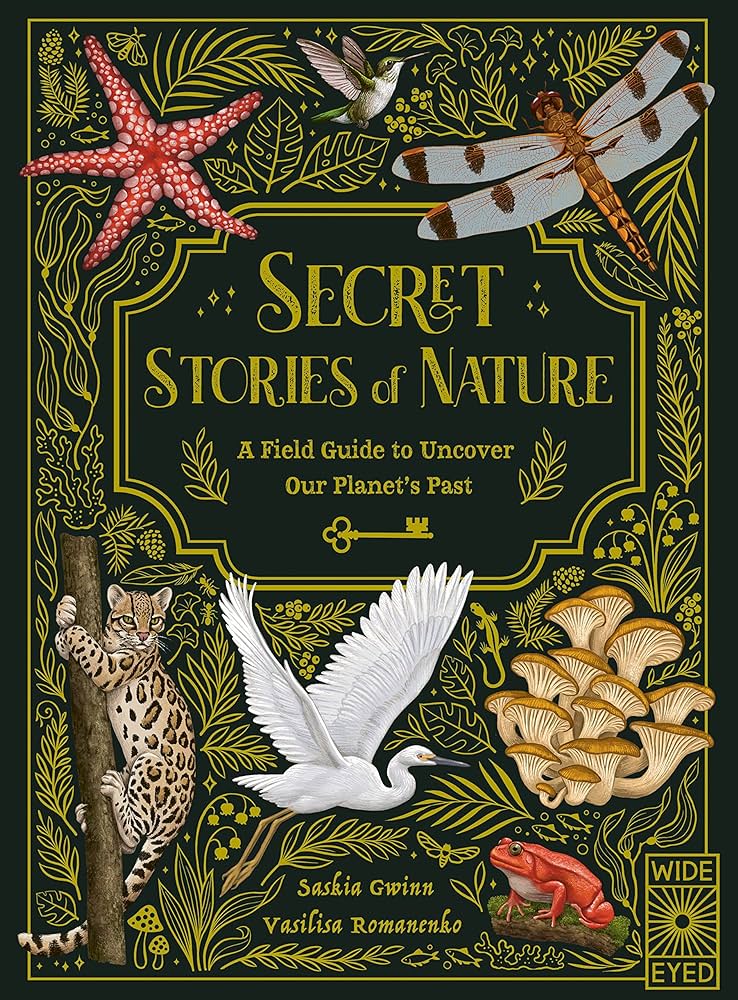If you have ever been intrigued by the idea of foraging for wild mushrooms but are not quite sure where to start, you’re in the right place. Finding and identifying wild mushrooms can be a rewarding and exciting experience, as long as you approach it with caution and knowledge. In this beginner’s guide, we will walk you through the basics of finding and identifying wild mushrooms.

Credit: www.amazon.com
1. Research and Education
Before you head out into the woods in search of wild mushrooms, it is crucial to educate yourself about the various types of mushrooms and their characteristics. There are numerous resources available, including field guides, online forums, and workshops, that can help you learn about different species of wild mushrooms and their habitats.
2. Know Where to Look
Wild mushrooms can be found in a variety of habitats, from forests and woodlands to grasslands and even your own backyard. Different types of mushrooms thrive in specific environments, so it’s essential to understand the habitat preferences of the mushrooms you intend to find. Certain species may be associated with particular tree species or soil types, so familiarize yourself with the characteristics of the habitats where your target mushrooms are likely to grow.
3. Use the Right Tools
Every mushroom forager should have a few essential tools on hand. A good quality mushroom knife, a small brush, a basket or mesh bag to carry your finds, and a camera for documenting the mushrooms you discover are all valuable tools to have before you set out on your mushroom hunting adventure.
4. Safety First
While many species of wild mushrooms are safe to eat, there are numerous poisonous varieties that can cause illness or even be fatal if ingested. When in doubt, it’s best to err on the side of caution and never consume a wild mushroom unless you are absolutely certain of its identity. Always seek confirmation from an experienced mycologist or mushroom expert before consuming any wild mushrooms.
5. Learn to Identify Mushrooms
There are several key characteristics to consider when identifying wild mushrooms, including the cap shape, color, and texture, the presence of gills or pores, and the characteristics of the stem and base. It’s important to pay attention to the fine details, as some poisonous mushrooms closely resemble edible species. If in doubt, never take the risk – a single mistake in mushroom identification can have serious consequences.
6. Start with Easy-to-Identify Species
As a beginner, it’s recommended to start by focusing on a few easy-to-identify edible mushrooms such as morels, chanterelles, or chicken of the woods. These species have distinct characteristics that make them relatively easy to differentiate from toxic lookalikes. By gaining confidence in your ability to identify and differentiate these species, you can gradually expand your repertoire to include more challenging mushrooms.
7. Respect Nature
When foraging for wild mushrooms, it is important to be conscious of your impact on the environment. Always pick mushrooms responsibly, taking only what you need and leaving some behind to ensure the continuation of the mushroom population. Additionally, be mindful of other plant and animal life in the area, and tread lightly to minimize damage to the ecosystem.

Credit: www.seattlemet.com
8. Connect with Local Foraging Communities
One of the best ways to learn about wild mushrooms is by connecting with local foraging communities or mycological organizations. By joining forays, workshops, and events, you can learn from experienced foragers, share knowledge, and gain valuable insights into the local mushroom species and their habitats. Networking with like-minded individuals can enrich your mushroom hunting experience and provide a supportive community to foster your learning.
9. Enjoy the Experience
Above all, mushroom foraging should be an enjoyable and enriching experience. Take the time to appreciate the beauty of the natural world, observe the intricate details of different mushroom species, and savor the excitement of discovering unique fungi in their natural habitat. With each outing, you’ll build your knowledge and confidence, making your mushroom hunting adventures all the more rewarding.
By approaching wild mushroom foraging with respect, caution, and a thirst for knowledge, you can embark on a fulfilling journey to discover the fascinating world of mushrooms. Remember to always prioritize safety and responsible foraging practices in your quest to seek out and appreciate the diverse array of wild mushrooms that nature has to offer.
Frequently Asked Questions For How To Uncover The Secret World Of Wild Mushrooms: A Complete Guide
How Do I Find Wild Mushrooms In The Forest?
To find wild mushrooms in the forest, start by researching and identifying the types of mushrooms you are interested in. Look for specific habitats and growing conditions that are conducive to their growth. Once in the forest, carefully scan the ground, fallen logs, and surrounding vegetation, paying attention to moisture and vegetation patterns that could indicate mushroom presence.
What Are Common Signs Of Wild Mushrooms?
Common signs of wild mushrooms include unique shapes, vibrant colors, and distinct patterns on the cap or stem. Also, mushrooms growing in clustered groups, near decaying organic matter or under specific tree species, can be indicators. Remember to brush up on your mushroom identification skills to discern between edible and poisonous varieties.
Can I Find Wild Mushrooms In My Backyard?
Yes, it is possible to find wild mushrooms in your backyard, especially if you have suitable growing conditions. Keep an eye out for areas with decaying organic matter, like old tree stumps or mulch beds. Additionally, observe patterns of shade and moisture that may attract certain mushroom species.
Where Should I Look For Wild Mushrooms In The Fall?
In the fall, you should focus your search for wild mushrooms in areas with ample moisture and cooler temperatures, such as forests, wooded areas, and damp soil. Pay attention to areas with fallen leaves, as mushrooms thrive in decomposing organic matter.
Stay away from highly polluted areas, as mushrooms can absorb harmful chemicals.
